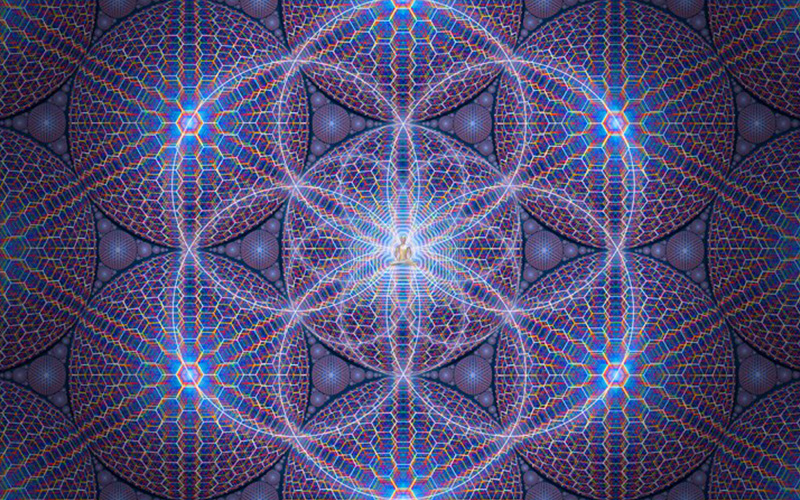“The first gulp from the glass of natural sciences will turn you into an atheist, but at the bottom of the glass, God is waiting for you.”
–Werner Heisenberg, father of quantum physics
I have visited CERN. I have been to Heisenberg’s lab where the synchrocyclotron still lives. That building had been closed for so long that the air in it, his desk, and the orignial artefacts on it, still smell like the 1950s. His portrait staring down from the wall made it feel like he was speaking those words directly to me.
Heisenberg knew that the meeting point between physics and consciousness holds far more than Newtonian mechanics, and by “God”, Heisenberg didn’t mean dogma.
This idea is something that intrigues me and this won’t be my only post on the topic. The connection point between spirit and matter, consciousness and the physical world is something I have been searching for. Like Heisenberg, I think we will come to recognize that the all-encompassing, universal unity includes the elegance of science as well as the ecstasy of consciousness.
One of the aspects of quantum physics that I find so appealing is that rather than contradicting spiritual ideas, it tends to dovetail with many concepts from mysticism of myriad eras and traditions, lending physical constructs to the metaphysical in a way that helps one envision what the fabric of the universe may actuallly be. Nonlocality and entanglement is vocabulary that can also describe states commonly achieved through activities as mechanical as remote viewing to those as (seemingly) ephemeral as astral projection or Samadhi, the ultimate meditative state that gives the experience of the oneness of the existence, the unification of everything that is.
I want to explore this from many angles and through the lens of different mystic traditions. This time, the unlikely pairing will be 13th century Sufi mystic Ibn Arabi and the wave-particle duality of light. It seems to me that ideas in Ibn Arabi’s “The Unity of Being” echoes ideas in modern physics.
Before extrapolating into the phyiscal kind of unity of being that John Wheeler’s One Electron Universe theory ensconces, let’s turn to Ibn Arabi and look at just one of this prolific writer and poet’s concepts.
While gnosticism sees humans as having a spark of the divine, and Hinduism sees the jiva-atman (the universal, eternal self) imprisoned in an earthly body, Ibn Ali’s view is a bit different, both from these and from the tenets of Sufism that are most prevalent today.
He posits that the world is completely illusory, lacking any real existence. While it seems the world is separate and independently real, that it is not. Existence is a singularity. And that singularity is God.
In this sense, God is everything. There is nothing that is NOT God.
Ibn Arabi suggests that it is as if the world and all beings are like colored lights refracted from a prism. They are created from nothing but white light, yet they are every color except white. Existence is like the shadow of God. Same, but not. Manifested as an expression of God.
Robert Adbul Hayy Darr, translator and interpreter of classic Islamic mystical texts, synthesizes the metaphor using the light coming from a projector that creates an image on the wall. The light from the projector is Being/God/Reality. The wall upon which it projects is non-existence. “It is in the meeting of absolute being and nothingness that the world operates.” We are the images projected by the light.
When I hear these ideas, what immediately comes to my mind is the relation of this idea to the wave-particle duality of light, with the Singularity of Being likened to the continuity of a wave. Breaking that wave is the manifested expression of existence, at which point light becomes a particle. That is, a part of physical reality.
To my mind, there is an obvious correlation that warrants further exploration. So, exploring I will go.
++++
An interesting summary of Ibn Arabi’s life and works can be seen here.
Note: I proffer no expertise in either physics or spirituality. I’m a dilettante in every regard.
